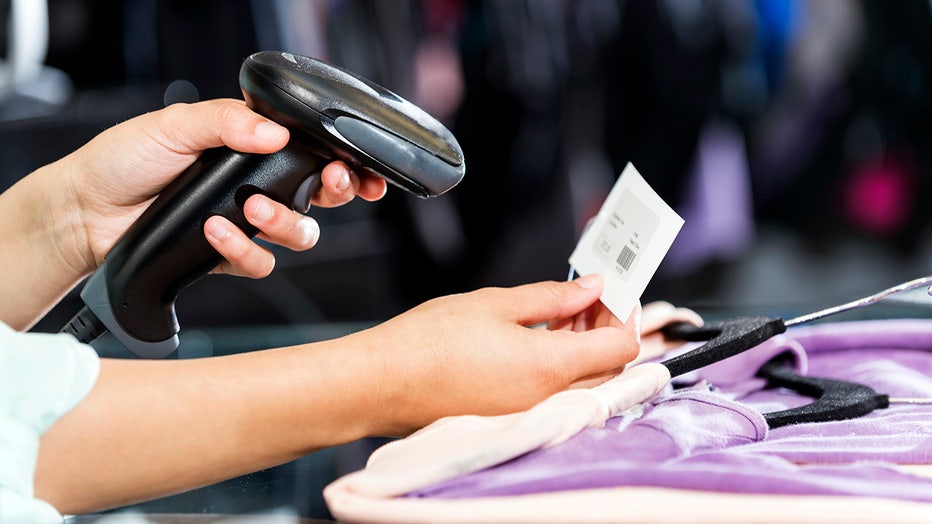Many shoppers admit returning items after use: See what’s most common
Trump tariffs: Craft beer could be hit hard
Breweries across the country are feeling a little on edge after president trump enacted a 25% percent tariff on all imported aluminum and steel last week. LiveNOW's Andrew Craft spoke about the impact tariffs could have on beer companies with FOX News Olivianna Calmes.
LOS ANGELES - From party outfits to power tools, more shoppers are "borrowing" instead of buying — purchasing items they fully intend to return after use. According to a new LendingTree survey of 1,715 U.S. consumers, nearly 4 in 10 shoppers who returned items after using them did so deliberately.
And while it may feel like a cost-saving workaround, experts warn it comes with risks, especially when items get damaged or return deadlines are missed.
Why shoppers say they’re returning items after using them
What we know:
LendingTree’s survey found that 39% of shoppers who returned used items admitted to doing it intentionally. Of that group, 37% say they do it often — and 73% said they’ve done it in the last six months.
Clothing and accessories are the most commonly returned after-use items (47%), followed by electronics and gadgets (43%) and kitchen tools or appliances (36%).
According to LendingTree chief consumer finance analyst Matt Schulz, while it may feel savvy, this strategy can backfire.
"A dress you hope to return could get red wine spilled on it at the party you bought it for," Schulz said. "If that happens, you could be stuck with the unwanted merchandise and potentially some debt."
What we don't know:
It’s unclear how often retailers are able to detect and respond to shoppers who intentionally return used items. The long-term impact of this behavior on return policies, pricing, and inventory strategies across major retailers also remains uncertain.
Which shoppers are most likely to "borrow" before returning?
By the numbers:
The practice is most common among shoppers with kids under 18 (56%), millennials ages 29–44 (49%), and those earning six figures (48%). Among all shoppers, 38% say they’ve returned an item after using it, regardless of intent.
Returns are most often made by mailing online purchases (47%), while 32% take them back in store.
Why returning items is too much of a hassle for many
What they're saying:
Even for shoppers with good intentions, returning products can be tedious. The survey found:
- 44% have missed the return window for something they planned to return
- 58% have kept an unwanted item because returning it felt too inconvenient
- Millennials and Gen Zers report the most difficulty, with 53% missing return windows
Schulz says tight deadlines and long to-do lists often get in the way. "There may be a very real price to pay for missing the return deadline," he noted, especially for higher-cost items.

(File: kali9 / Getty Images)
Which stores have the strictest and most lenient return policies?
The other side:
Consumers ranked department stores (39%), grocery stores (25%), and apparel retailers (14%) as having the most forgiving return policies. Luxury retailers were cited as the strictest, with 41% of shoppers flagging them.
More than half (57%) of shoppers say they now closely examine a store’s return policy before buying.
"Whatever your reason for returning, it’s easier if you know the rules ahead of time," Schulz added.
Alternatives to buying with the intent to return
What you can do:
Instead of gaming the system, Schulz recommends:
- Renting items: For special events or one-off needs, rentals can be a better option
- Buying used: Secondhand stores offer major savings and lower pressure to return
- Using credit cards over BNPL: Returns with Buy Now, Pay Later services can be more difficult to manage
The Source: This report is based on LendingTree’s February 2025 survey of 1,715 U.S. shoppers conducted by QuestionPro. All respondents had returned at least one item. The analysis includes breakdowns by generation, income, and shopping behavior, and all quotes are from LendingTree chief consumer finance analyst Matt Schulz. Data reflect self-reported behavior and attitudes toward return policies, usage intent, and item types.

